Firstly, I remember passing my last year 12 subject, Modern History, on 13th January, back in the days when the results came out in the daily paper (The Argus if I remember correctly.) I’d never been very fond of the subject and had a teacher who didn’t really make it an exciting subject.
I passed my driver’s licence on the 13th of March. I was so nervous. Cars back in the 60’s were manual, and traffic signals were given by hand, rain, hail or shine. The hand brake start was tested on the railway station ramp. I had one of the strictest police in Benalla that day, with the reputation of regularly failing people. All good! I passed.
We were married on the 13th of February. It was a humid sticky day threatening to storm. However, it held off till the photos were taken outside the church and the last guests were inside the reception, then it bucketed down. Luckily it cleared by the time we came outside again. It must have been a lucky day as we are still together after 60+ years.
Our first grandchild was born on a thirteenth, an emergency caesarean, and a healthy baby.
On our visit to USA, we went out to Grand Canyon. On seeing helicopter flights available over the canyon, we decided it would be the best way to see it. This was very exciting, having never been in one before. On alighting we did the touristy thing and had our photos taken beside the helicopter. On looking back at the photo later we were amazed to see it was Number 13. I bet a lot of people dodged that one! Also, on the plane trip back to Vegas, we had seats 12, 13 and 14.
The only raffle I can remember winning was Number 13. It was at the first Camellia Society Christmas party. Ray was asked to draw the winning ticket. Imagine our embarrassment when he drew my ticket!
On a humorous note, a farming acquaintance of ours bought a new farm ute. His wife, a rather superstitious woman, warned him not to get 13 in the number plate. He duly arrived home with the new ute to be greeted with “I told you not to get 13 on the number plate”. It was ABC148, which added up to 13. I hope it didn’t bring them any bad luck!
Margaret Nelson
October 2022

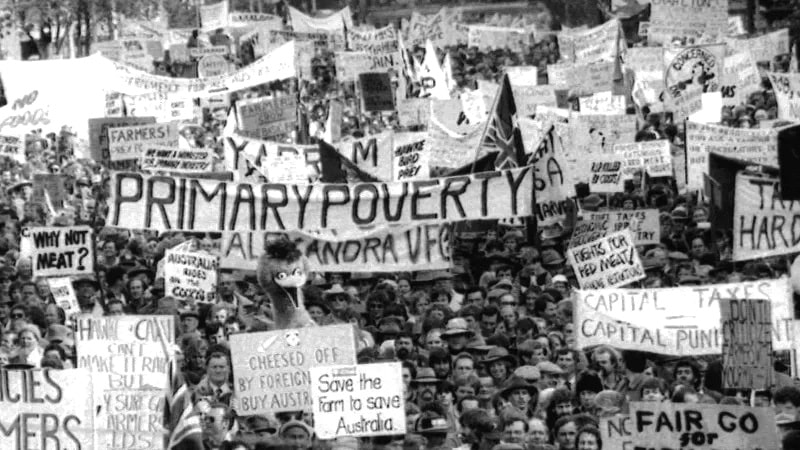
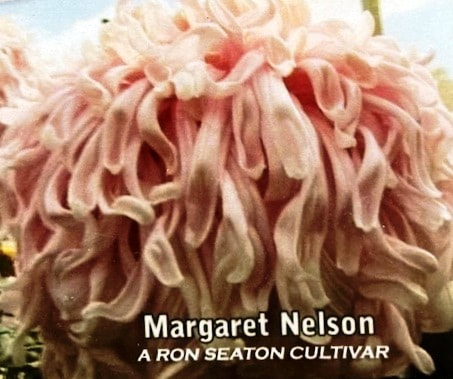
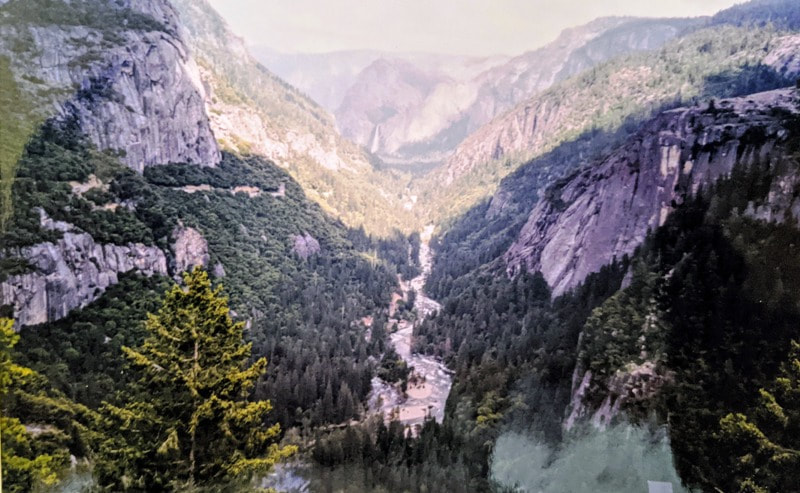
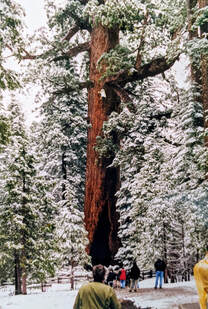
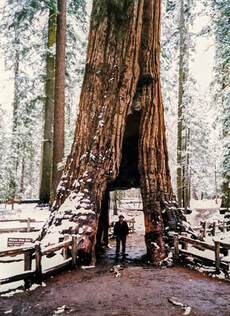
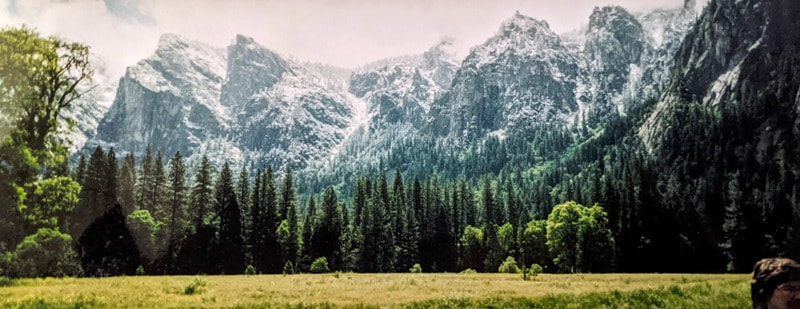
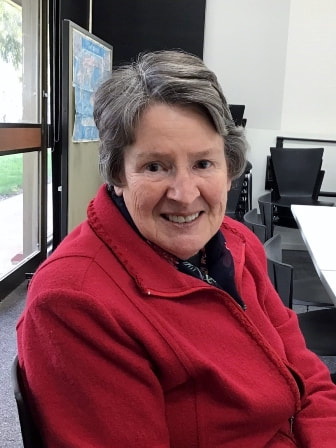
 RSS Feed
RSS Feed
